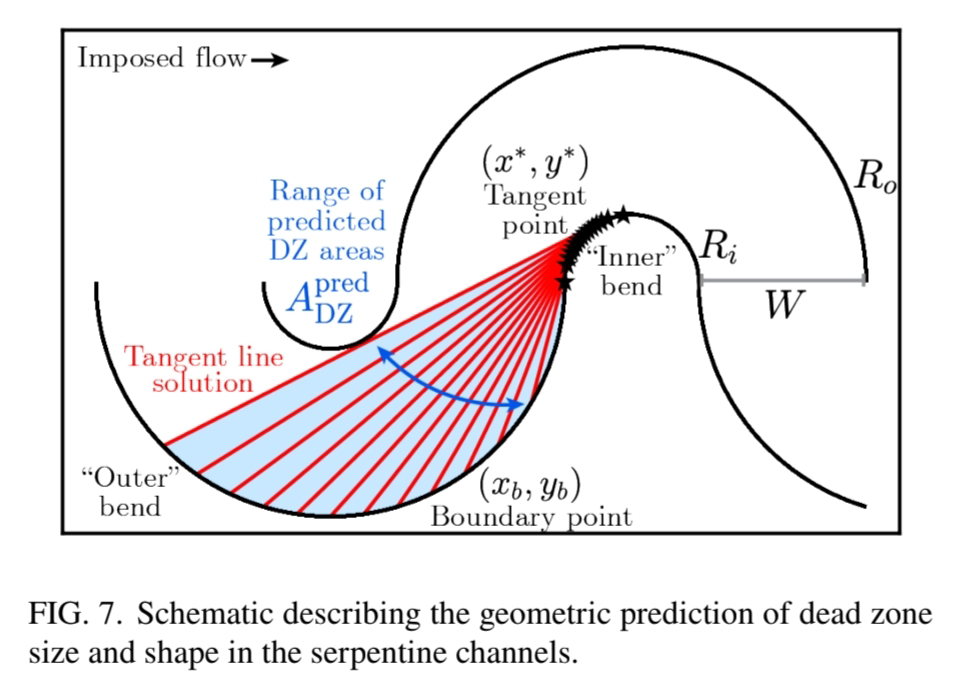<< Active matter, exemplified by adaptive living materials such as the actomyosin cytoskeleton, can navigate material parameter space, leading to unconventional mechanical responses. In particular, it can self-drive toward elastic spinodal regimes, where inhomogeneous floppy modes induce elastic degeneracy and enable a controlled interplay between rigidity loss and recovery. Proximity to such marginal states leads to stress localization and the formation of force chains that can be actively assembled and disassembled. >>
Here AA << extend the classical notion of spinodal states to active solids and demonstrate how these extreme mechanical regimes can be actively accessed. Moreover, (They) show that in a nonlinear setting, crossing elastic spinodals generates new energy wells and makes force channeling an intrinsic feature of the emerging microstructure. >>
Ayan Roychowdhury, Madan Rao, Lev Truskinovsky. Active drive towards elastic spinodals. Phys. Rev. E 111, 065416. Jun 20, 2025.
arXiv: 2403.17517v3 [cond-mat.soft]. May 20, 2025.
Also: elastic, transition, instability, disorder & fluctuations, self-assembly, in https://www.inkgmr.net/kwrds.html
Keywords: gst, transitions, instability, disorder & fluctuations, active matter, elasticity, elastic forces, elastic deformation, elastic spinodals, self-assembly.








